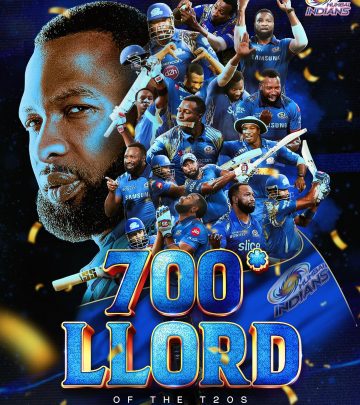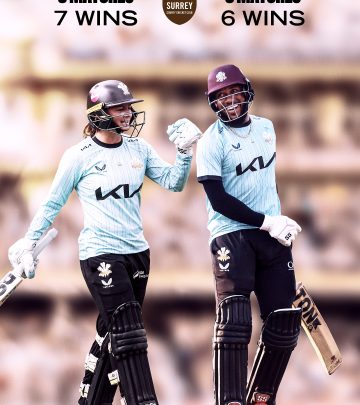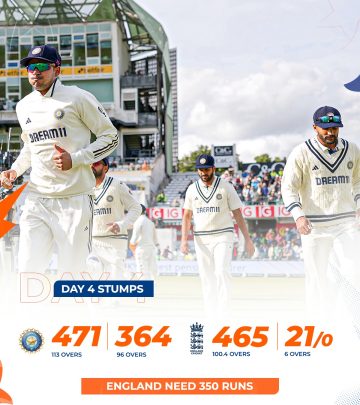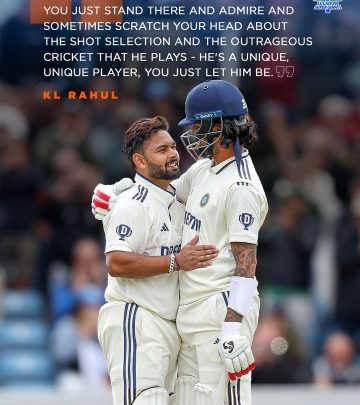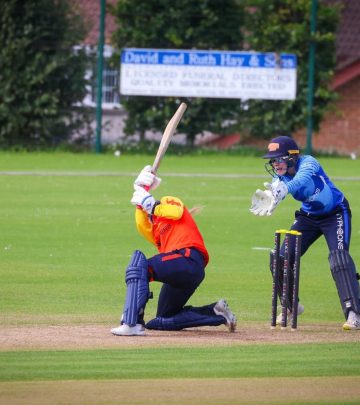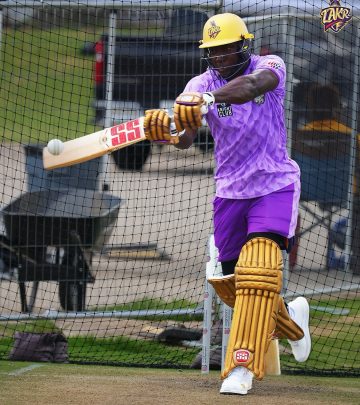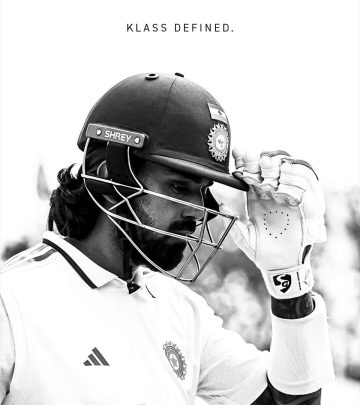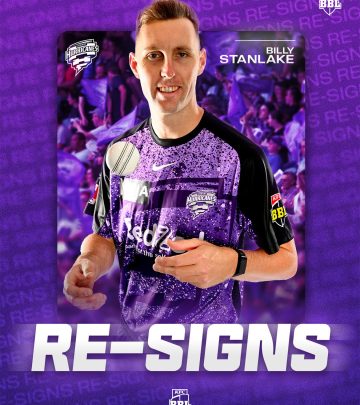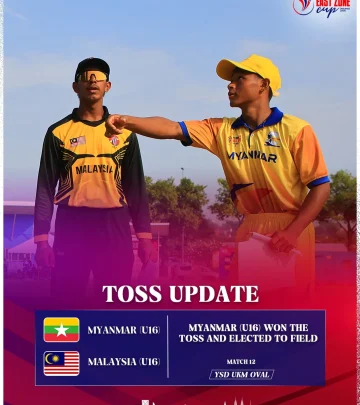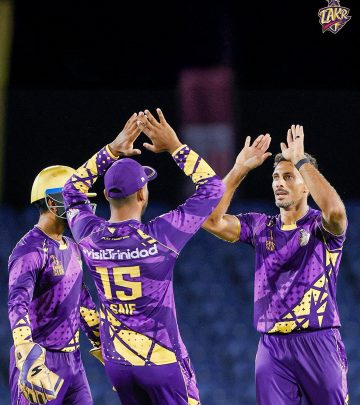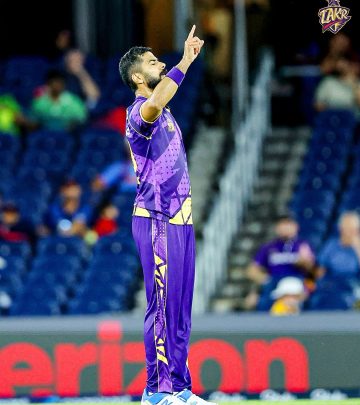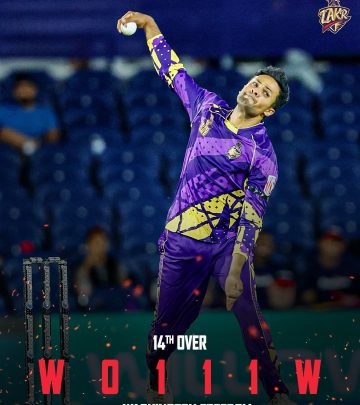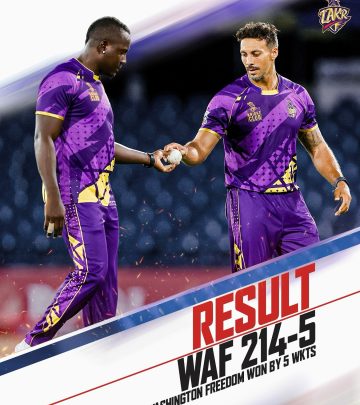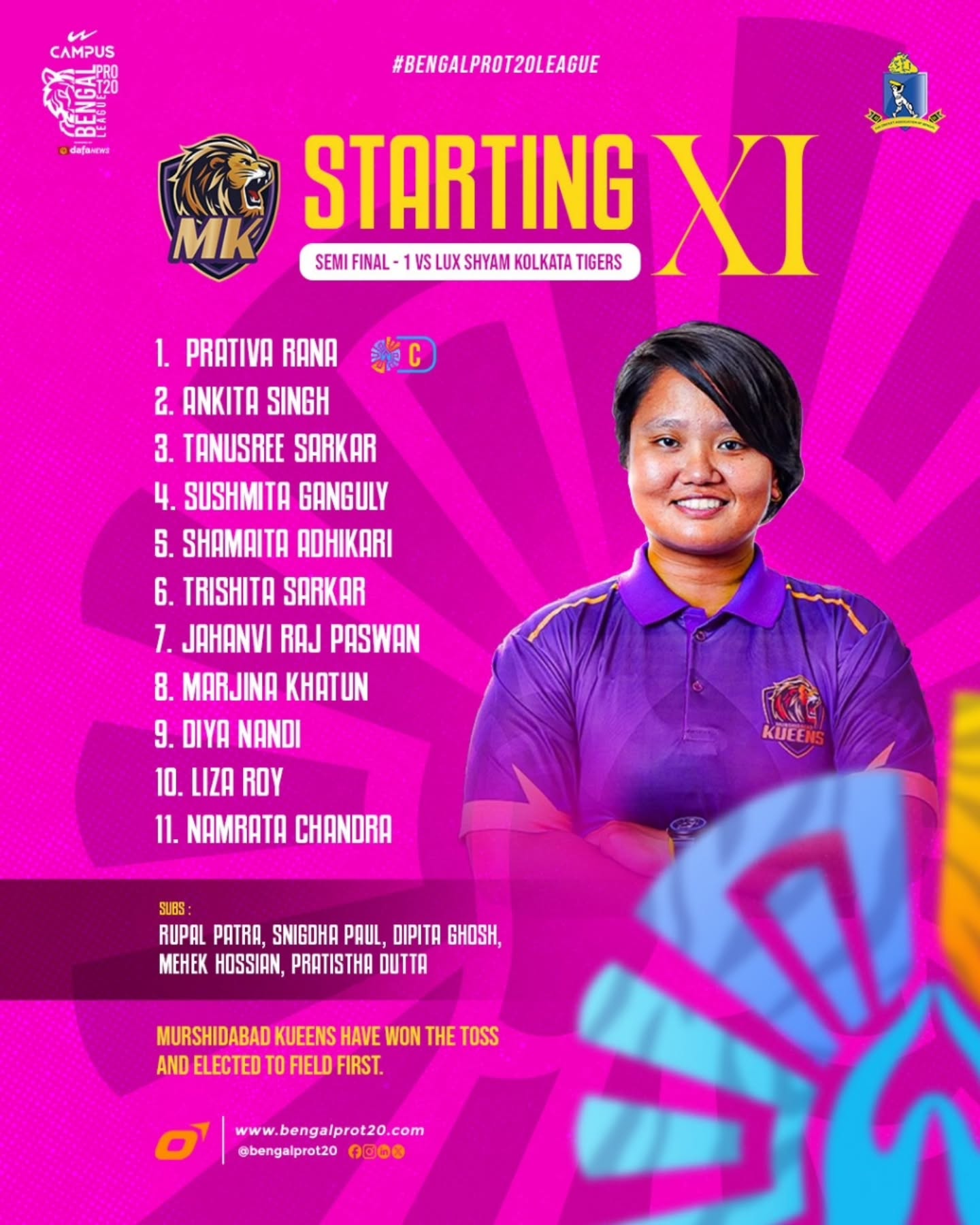Finch Endorses Rauf Retention Amid Spinner Debate
Finch endorses Haris Rauf retention as debate rages over spinner pick in BBL15 Draft Live

Image: Instagram
In the latest buzz from the BBL15 Draft, former captain Aaron Finch has expressed his support for the decision to retain fast bowler Haris Rauf. His comments have ignited a conversation among fans and experts alike, as many wonder if the draft strategy should also have included a world-class spinner to bolster the team’s balance. The original post stated simply that Finch backed the retention of Rauf while posing the tantalizing question: should the Stars have picked a world-class spinner as well?
Finch’s Strategic Endorsement
Aaron Finch’s endorsement of retaining Haris Rauf reflects his trust in the team’s strategy and planning. Known for his astute understanding of game dynamics, Finch’s belief in Rauf underscores the importance of maintaining the pace attack that has proven effective over past seasons. His stance was highlighted in a recent social media post where he praised the decision, adding that keeping a player of Rauf’s caliber can be crucial in high-stakes matches. Finch’s experience as one of cricket’s top personalities lends significant weight to the discussion and illustrates how veteran insights can drive team strategies in the BBL.
The post, initially shared on Instagram under the hashtag #TheSurge, resonates with many who have followed the Blue-Eyed Captain’s career. Finch’s backing of the retention strategy not only highlights the value of Rauf’s performances but also points to a broader tactical approach adopted by the Stars in the BBL15 Draft. The continuity of a fast-bowling asset in a team known for its aggressive style appears to be a calculated move designed to exploit pitch conditions and unsettle opposition batsmen.
Spinner Selection Debate
Yet, the comment also sparks a debate about balance in team composition. While Finch is supportive of Rauf’s retention, his observation about the absence of a world-class spinner raises an interesting strategic question. The drafting process in professional cricket often forces teams into a delicate balancing act between pace and spin. For the Stars, the question remains whether investing in an elite spinner could have diversified their attack and offered them additional tactical advantages in varying match conditions.
This isn’t the first time the draft has split opinions. Past drafts have seen similar debates where teams opt to cling to proven assets rather than take risks on potentially game-changing yet untested players. Fans have taken to Instagram, with earlier posts by accounts such as @lwood_95 recounting how draft decisions have played out, and others pondering if selecting players like @shadab0800 for specialized roles might have shifted the team’s dynamics more substantially. The discussion has now extended to whether the inclusion of a spinner could provide a fresh dimension to the team’s bowling attack, particularly on slower, turning tracks.
Drawing on historical context from previous editions of the Big Bash League, it’s clear that draft decisions rarely satisfy everyone. The league, which has grown into a powerhouse of excitement and competitive spirit, often sees its share of contrasting opinions. In previous seasons, teams that explored more balanced portfolios—with both formidable pacers and spinners—sometimes reaped benefits during crunch moments in the game. Critics argue that a world-class spinner could have offered the Stars flexibility and an additional edge in contests where batting conditions fluctuate drastically.
A detailed look at the strategic underpinnings of the draft reveals that the decision to forgo a spinner might stem from several reasons. The retention of Rauf, who has demonstrated his match-winning potential on several occasions, likely served as a priority. Finch’s comments imply that, as much as a spinner’s skill can complement a team’s attack, the consistency and proven track record of pace bowlers like Rauf may have been deemed more valuable in the context of a fast-paced and fiercely competitive draft environment.
Furthermore, several analysts have pointed out that while the lack of a spinner might seem like a gap in the roster, the conditions in many BBL venues favour pace bowling. It is also possible that the team management has plans to recruit a spinner later in the season or through other channels. These strategic decisions, driven by a combination of past performance data and forecasted conditions, continue to be the subject of in-depth discussion among cricket enthusiasts and professionals alike.
The current debate underscores the complexity of drafting strategies in modern cricket. While retaining a key player like Haris Rauf provides stability, it simultaneously opens up discussions on where a team might improve its overall mix. Finch’s support and the ensuing conversation highlight an essential aspect of team building in the BBL – that every selection decision is a calculated risk with long-term implications for team dynamics and performance.
Ultimately, the draft remains a fascinating blend of strategy, analysis, and instinct. Finch’s comments add another chapter to the evolving narrative of the BBL15 Draft, inviting fans to engage in a meaningful debate about the fine margins between tactical prudence and bold innovation. As the league season unfolds, the impact of these choices will soon become a topic of deeper analysis and discussion across media and fan communities.
Read full bio of Joyce




